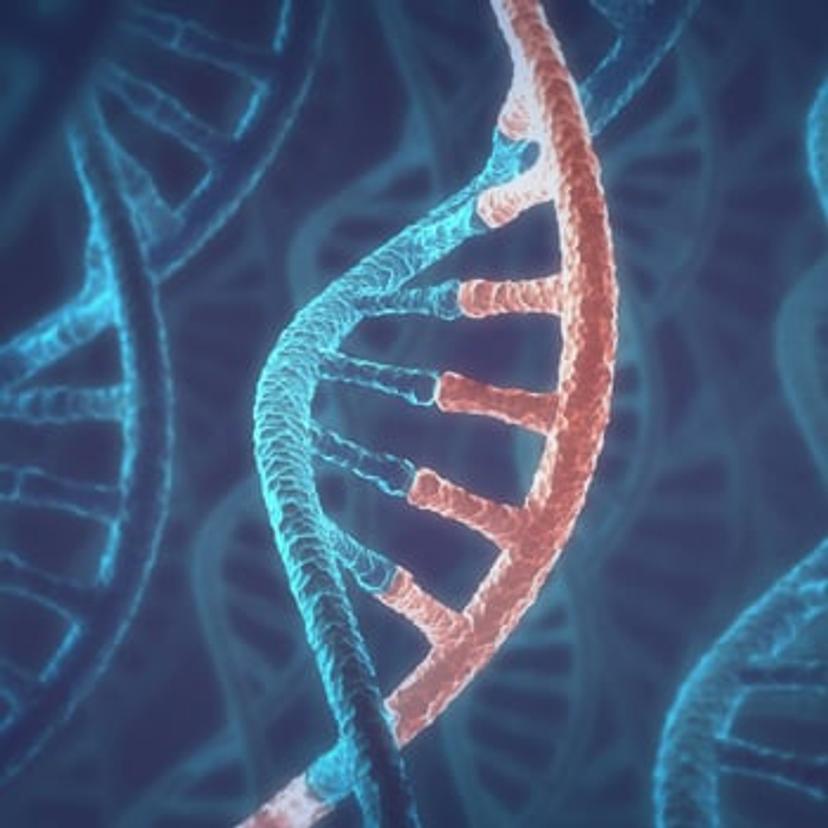Improve your quality in cell, gene and RNA therapy development
In this guest editorial, BioPhorum explores potential improvements to overcome the issues associated with the developing guidance and standardization for the cell, gene and RNA therapy field
13 Sept 2023
Quality is essential to maintain patient safety and compliance with health authority guidance and regulations. As well as being critical for testing, manufacturing, and labeling pharmaceuticals, quality is also vital for reducing the risk of regulatory questioning and changes.
Two recent papers demonstrate how BioPhorum’s focus on quality in cell, gene and RNA therapy is driving improvements to overcome the issues associated with guidance and standardization that are still being developed.
The first, Defining the required critical quality attributes (CQAs) and phase requirements for mRNA/LNP product development and manufacture, identifies potential CQAs, proposes analytical methods, and gives you the possibility of identifying, as a first step, CQAs and methods that might apply to a particular product.
Current approaches and considerations for viral clearance in cell and gene therapy dives deeper into helping you develop a viral clearance strategy to reduce your potential quality regulatory risks.

Critical quality attributes for mRNA therapy
Development activity is rapidly expanding in the field of mRNA molecules that can drive the expression of therapeutic proteins or antigens. Ensuring consistent high-quality mRNA drug product manufacturing under continually compressed timelines remains a significant challenge for developers.
In addition, global regulatory guidelines are still developing for this expanding modality and there is little precedent of marketed products and regulatory approvals to help guide developers through the challenges and expectations of creating quality control strategies. These issues could increase product development timelines and costs.
Early identification and justification of CQAs, with clarity on the stages of testing and the methodologies utilized, reduces the risk of delays by aiding the alignment of product quality testing and control expectations with those of regulators. This allows the creation of appropriate, risk-based control strategies.
Further clarity and alignment across industry and regulators is required, e.g., how to define potency for mRNA product development and manufacture. Drug product potency is set using the minimum dose to demonstrate efficacy in clinical trials and immunogenicity data, and an upper limit is defined based on available human safety data. At the drug substance level, the focus is on the expression of the expected protein and its ability to translate, which is not equivalent to drug product potency. CQAs for potency will be determined on a case-by-case basis and ‘matrix’ approaches can be adapted to capture multiple mechanisms of action, as discussed in Challenges for potency assay development for in vivo and ex vivo gene therapies and the matrix approach.
The U.S. Pharmacopeia recently closed its consultation on Analytical Procedures for mRNA Vaccine Quality – 2nd edition. The BioPhorum team contributed to this review process, with comments supported by its recent publication.
Viral clearance in cell and gene therapy (CGT)
The three pillars of viral safety as defined in ICH guideline Q5A are:
- Sourcing – selection and testing of starting materials
- Testing – testing of in-process materials
- Clearance – demonstrating clearance of endogenous and adventitious agents from your process.
The assurance of viral safety in CGT products poses a unique challenge as the viral vector is a key component of both in vivo and ex vivo gene therapies. One of the key viral clearance challenges, especially regarding adeno-associated viral (AAV) vectors, is trying to remove a virus when the product itself is a virus.
When preparing a viral safety validation strategy, there are several factors that need to be considered. When looking at only potential contaminants, the selection of model viruses needs to be based on the end-to-end risk assessment and is key to supporting the virus safety program and defining the steps that are contributing to the overall virus reduction.
The virus panel used in a viral clearance study for an AAV product partly depends on the expression system used to manufacture the AAV vector. This means the panel used for an AAV produced in HEK293 cells with a helper virus would differ from that used for an AAV produced in HEK293 cells using plasmid transfection and an AAV produced in a baculovirus expression system.
Given that gene therapy products share similar physiochemical properties with wild-type viruses, some well-established unit operations that target them may not be applicable and so greater consideration, design and options are needed for viral clearance.
The CGT field can leverage the knowledge from biologics to develop viral safety strategies for CGT products. However, a lot of the techniques used may not be suitable, so we must consider the unique nature of these products to maintain the potency of the viral vector while removing or inactivating adventitious and/or helper viruses.
The conversation does not stop here. There is always more to collaborate on and future topics of discussion within the cell, gene and RNA therapy field, including risk management, critical process parameters, phase-appropriate considerations, and platform-based approaches.
If you would like to join BioPhorum’s ongoing CGT collaboration and help shape the CGT and RNA therapy industry, please email steven.wall@biophorum.com
